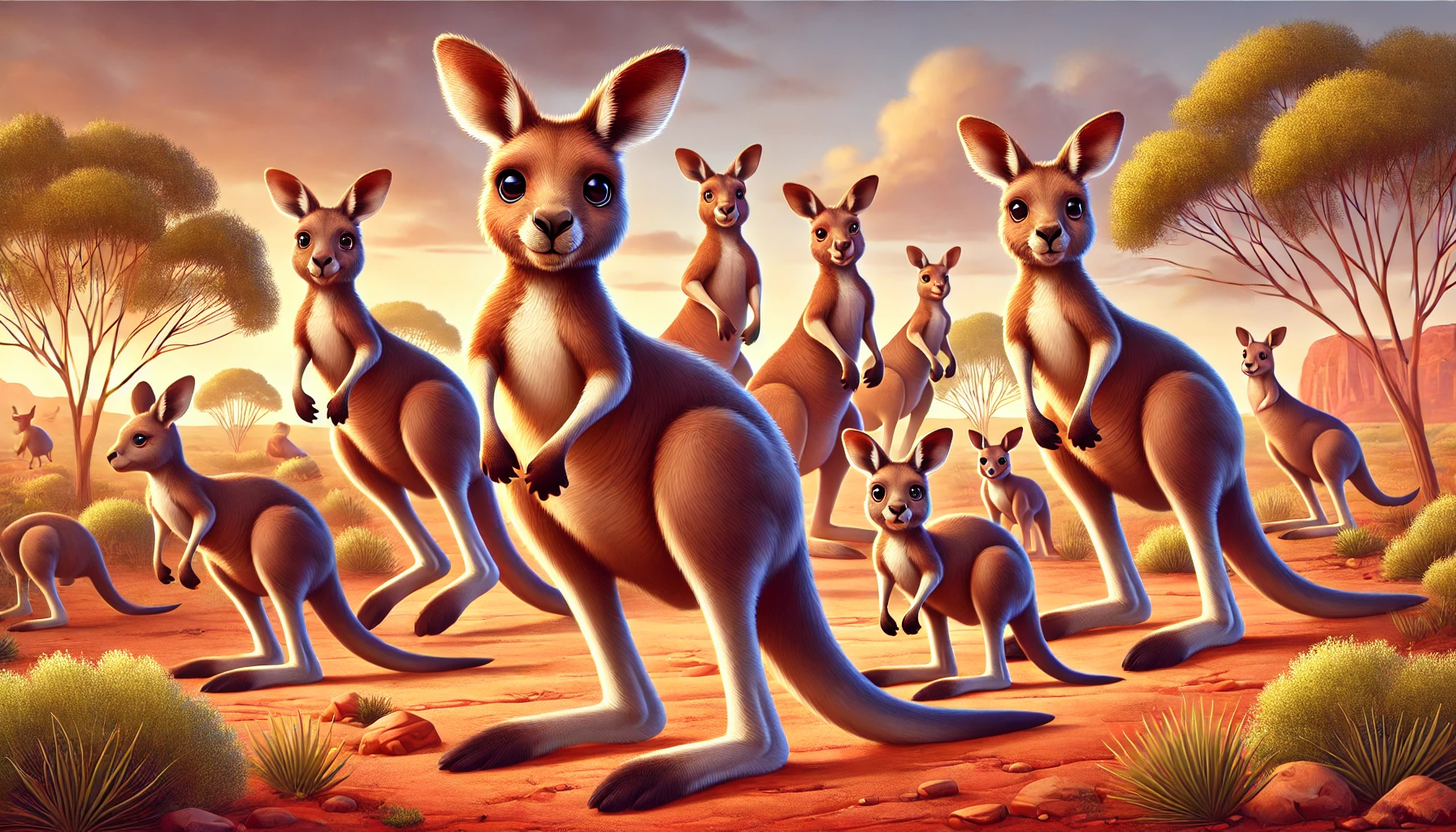Interesting Facts About Kangaroos and Their Behavior
Interesting Facts About Kangaroos and Their Behavior
Table of Contents:
- Introduction to Kangaroos and Their Behavior
- The Different Species of Kangaroos
- How Kangaroos Survive in the Wild
- The Social Behavior of Kangaroos
- How Kangaroos Use Their Tails and Legs for Movement
- Conclusion: The Unique World of Kangaroos
Interesting Facts About Kangaroos and Their Behavior
Kangaroos are one of the most recognizable and iconic animals of Australia. Known for their powerful legs and ability to leap great distances, kangaroos exhibit fascinating behaviors and play a vital role in their native ecosystems. In this article, we will explore some interesting facts about kangaroos, their behavior, and how they survive in the wild.
1. The Different Species of Kangaroos
There are four main species of kangaroos: the red kangaroo, eastern grey kangaroo, western grey kangaroo, and the antilopine kangaroo. The red kangaroo is the largest, and males can grow up to 6 feet tall. These species vary in size, habitat, and dietary preferences, but they all share similar physical traits like strong hind legs and a long, muscular tail. Kangaroos are herbivores, primarily feeding on grasses and leaves, and they play an essential role in the grassland ecosystems of Australia by controlling plant growth and dispersing seeds.
2. How Kangaroos Survive in the Wild
Kangaroos are well-adapted to the harsh Australian landscape. They can survive in arid and semi-arid environments, and their unique body structure allows them to cover vast distances in search of food and water. One of the most notable survival traits of kangaroos is their ability to conserve energy while moving. When hopping, kangaroos use elastic energy stored in their tendons, which allows them to travel long distances with minimal effort. Additionally, kangaroos can go long periods without water, obtaining most of their hydration from the plants they consume.
3. The Social Behavior of Kangaroos
Kangaroos are social animals that live in groups known as “mobs.” These mobs typically consist of females, their offspring, and a few dominant males. Within the mob, kangaroos exhibit a complex social structure, with males often competing for dominance through boxing and kicking matches. These contests help determine which males get access to mates. Female kangaroos are known for their ability to delay pregnancy during droughts or when resources are scarce, a survival strategy that ensures the young are born in favorable conditions.
4. How Kangaroos Use Their Tails and Legs for Movement
Kangaroos are known for their unique method of movement: hopping. Their powerful hind legs allow them to cover large distances quickly, often reaching speeds of up to 35 miles per hour. In addition to their legs, kangaroos use their tails for balance while hopping and as a “fifth leg” when moving slowly or while grazing. The tail helps stabilize their body, allowing them to move efficiently across uneven terrain. This combination of strong legs and a muscular tail makes kangaroos one of the most efficient and distinctive land animals in the world.
5. Conclusion: The Unique World of Kangaroos
In conclusion, kangaroos are extraordinary animals with unique behaviors and physical adaptations that allow them to thrive in the Australian wilderness. From their powerful legs and tail to their complex social structures, kangaroos play a crucial role in maintaining the balance of their ecosystems. Understanding more about these iconic animals helps us appreciate their importance and the need to conserve their habitats. Kangaroos are not just symbols of Australia but vital components of the natural world, contributing to biodiversity and environmental health.

<ⓒ WizardMedics (wizardmedics.com)>






